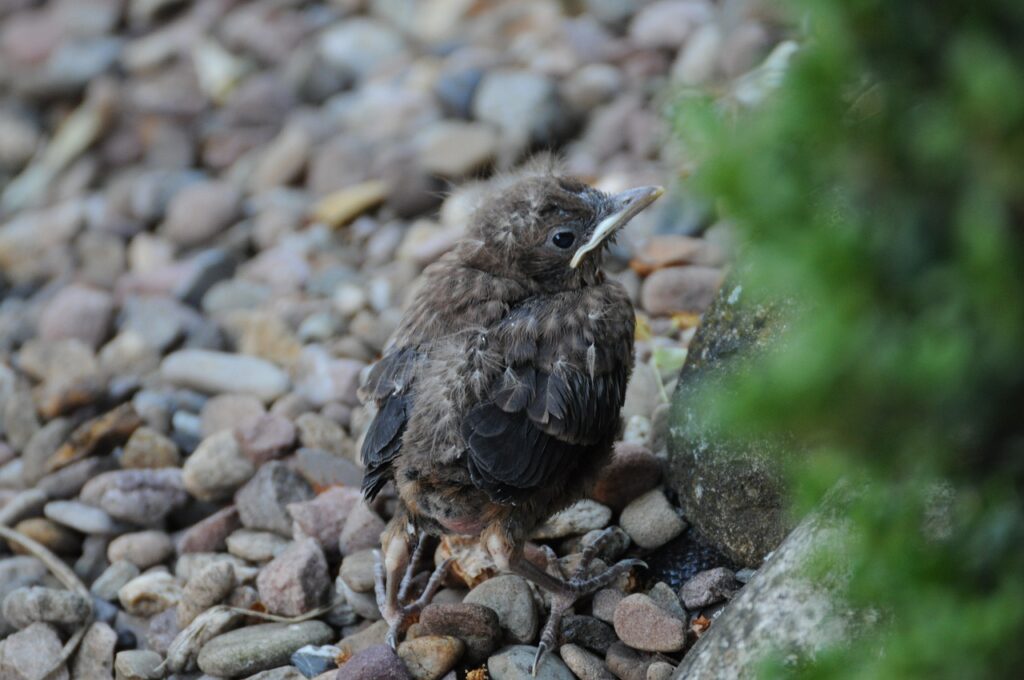Across the US, there are many laws put in place to protect wild birds, and keep us on the right side of the law. Some are common sense, while others may surprise you. Here are some good-to-know wild bird laws* to keep in your back pocket.
*This is not an exhaustive list of US or state wild bird laws, nor is it intended to offer legal advice. For more information, please visit the U.S. Fish and Wildlife Service website and other reputable sources, including your own attorney.
Where should I put bird feeders?
Wherever they feel safe from predators—including roaming cats—birds are most likely to feed. Set feeders 12 feet away from bushes, trees, or brush piles. Predators are unable to conceal themselves within striking distance of the feeder, but birds can swiftly fly the distance of 12 feet to reach safe cover. Place thorny branches or chicken wire around ground-level feeders for additional protection.
Should I feed birds year-round?
Its not necessary. When birds need energy the most, such as during temperature extremes, migration, and in late winter or early spring when natural seed sources are exhausted, bird feeding is most beneficial.
Most birds don’t need your help in the summer. Many birds concentrate on eating insects while they are nesting and raising their young, so feeding is not as important. Avoid filling feeders during the summer as it is crucial for young birds to learn where to find naturally occurring food.
Two exceptions to this rule are hummingbirds and goldfinches. Your goldfinches, who nest later than other birds, can receive nyjer seed until thistles go to seed, and you can provide nectar in feeders for your summer hummers to help fuel their high metabolism.
The Law and Caring for Wild Birds

Even though your intentions are good, there are a few things you should know before you jump into helping a sick or injured wild bird or a baby bird that has fallen from its nest. First, is the bird actually in need of your assistance, or is it doing okay? For example, fledgling birds, despite their youth, are frequently observed swaying slightly on the ground; this is a normal part of their attempts to fly. Additionally, a parent bird is frequently seen nearby, keeping an eye on their young and prepared to protect them from local predators.
Secondly, is your “help” both lawful and healthy for the bird? If you determine that the bird is actually too young be out of its nest and unprotected and/or the bird is sick or injured, it’s okay to provide temporary care while contacting and waiting for a wildlife rehabilitator to arrive.
FAQ
Is it safe to feed wild birds again?
Do wild birds recognize humans who feed them?
Does Ohio allow feeding of wildlife?
When can I start feeding wild birds?